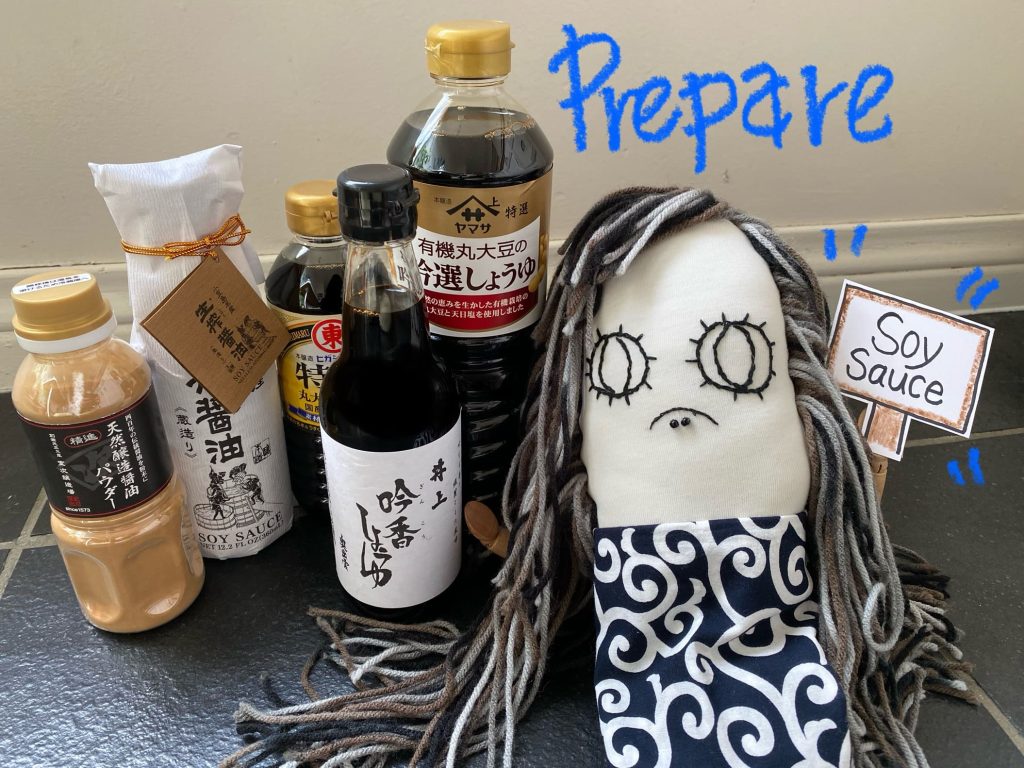
Why don’t you get soy sauce for your long-term stockpile?
Soy sauce?
I don’t use soy sauce… so…
I don’t know which soy sauce is good for my long-term stockpile…
I know about using soy sauce with sushi, but I don’t know any other way…
Most Japanese people know that soy sauce isn’t just for sushi. Soy sauce is an all-purpose seasoning.
I’m like, “What Japanese kitchen doesn’t have soy sauce? Are you OK??”
When I was a kid, I used to use soy sauce more than salt. Even my kids, here in the U.S., are the same way today. They use soy sauce on all kinds of food, if they want a little extra something, or if the food lacks flavor. (Or maybe my cooking is very bad… :p)
We can use soy sauce for dipping, in soup, with stir-fry, as dressing, on dessert… and some people have their own weird ways that I can’t even comprehend (like drizzled on top of ice cream). Soy sauce is a must-have for Japanese people and for Japanese food, and I don’t want my stockpile — even my long-term stockpile — to be without it.
Fortunately, soy sauce will last forever as long as it stays unopened, mainly due to its high salt content.
It’s very good for the long-term stockpile!!
About Soy Sauce
Soy sauce is made by boiling soybeans, adding wheat, salt, and water, and then fermenting them over a period of months with the help of a mold (called koji) that contributes to the color, flavor, and aroma of the finished product. If you want to know more about soy sauce, check out the YAMASA website.
There are five types of Japanese soy sauce.
▪︎ Dark soy sauce (koikuchi shoyu): This is the most common type in Japan and overseas.
▪︎ Light soy sauce (usukuchi shoyu): Due to a shorter aging time, this kind is lighter in color and has a milder taste.
▪︎ Tamari soy sauce: Has very little or no wheat, and as a result, has a mild aroma and a darker color.
▪︎ White soy sauce (shiro shoyu): This style has a much higher ratio of wheat to soybeans; because of the way it’s fermented, it has a light yellow color.
▪︎ Double-fermented soy sauce (saishikomi shoyu): Also known as double-brewed, this soy sauce is sent back for a second fermentation-cycle using koikuchi shoyu instead of water, adding significantly to its richness and robustness.
💡
Soy sauce is a must-have… and I don’t want my stockpile — even my long-term stockpile — to be without it.
Recently, many soy sauces have appeared on the market that are made from “defatted” soybeans. Defatted soybeans is the meal leftover after the soybeans’ oil is taken out. That’s generally done with hexane, which is a byproduct of gasoline refining. Some soy sauces are assembled using hexane extracted GMO soy isolate, refined sugar, refined salt, caramel color, GMO derived enzymes, and additional toxic additives. (Sounds delicious, doesn’t it? No, clearly not.) They are made using expedient methods including temperature regulated fermentation. Be careful what you buy.
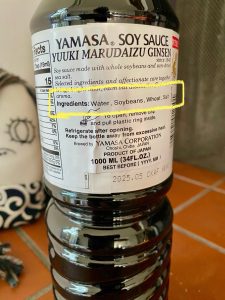
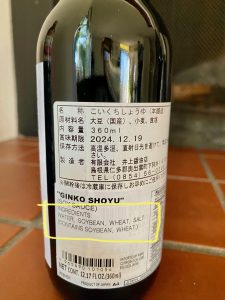
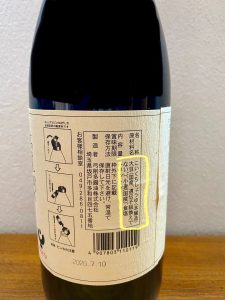
I usually pick up marudaizu shoyu, which is naturally brewed soy sauce made from whole soybeans. And in addition to the whole soybeans, wheat and salt are the only other ingredients. It is generally said in Japan, “Soy sauce made with simple ingredients will last forever.” Better yet, if you can, get the tennen jouzo shoyu style (all-natural brewed authentic soy sauce).”
There are many shoyu (soy sauce) companies you can find on the internet or in stores outside of Japan.
I bought these shoyu in the U.S.
Yamasa yuki marudaizu soy sauce
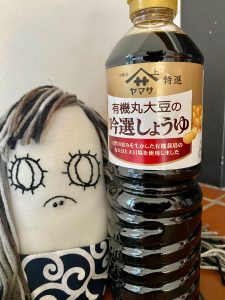
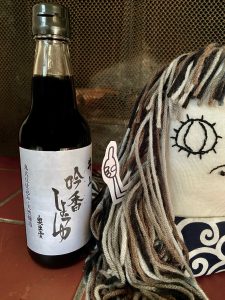
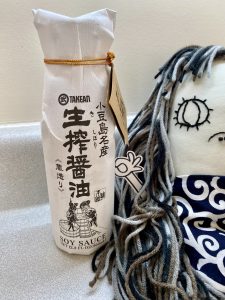
If you visit Japan, get these products.
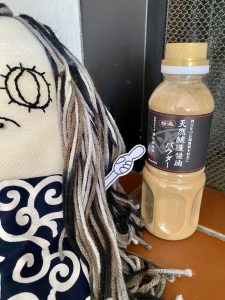
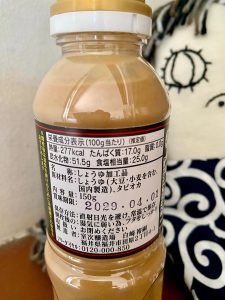
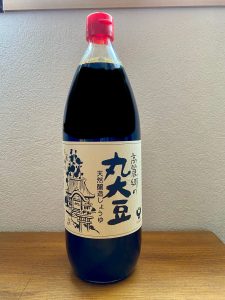
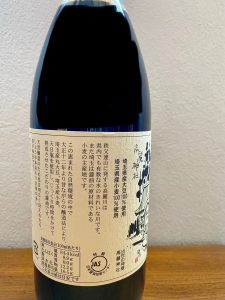
How to store
Soy sauce has high salt content and is naturally resistant to bacterial growth, which gives it a stable shelf-life at room temperature. But a cool, dark place is best for storing unopened bottles of soy sauce. After opening, soy sauce can still be kept outside of the refrigerator, but it’s best to use it within one month after opening.
Things to Remember
▪︎ Keep your soy sauce in a cool, dark place. No high humidity and no direct sunlight.
▪︎ Please do not forget that before eating long-term stockpile foods, absolutely check the food’s appearance and smell. Trust your five senses. Eat them at your own risk.
It would be difficult to carry soy sauce bottles in an evacuation situation, but if you don’t need to move, soy sauce will make you happy in a long-term emergency. I recommend including soy sauce in your long-term stockpile.
See you next time.
Remember, “Protect your life by yourself” (自分の命は自分で守る). You need to survive first, and then you need your emergency supply. No matter how well you prepared your emergency supplies, if you die, then all of your preparations will have been for nothing. First and foremost, keep your health up all the time. Build your stamina so that if you need to, you can evacuate as quickly as possible. Stay healthy.